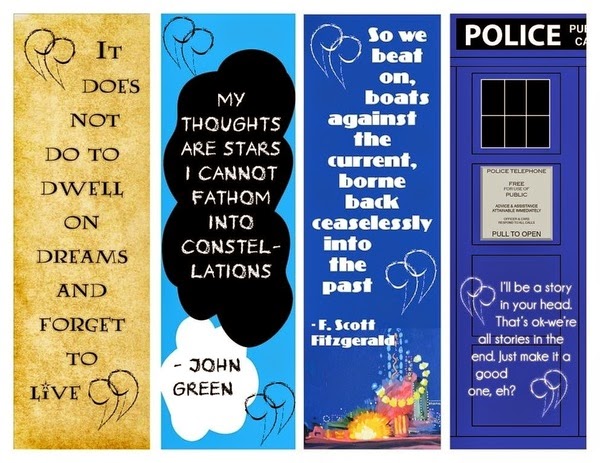His perception of the school's library was that it was "old fashioned", "where teachers go to retire", a place to drink coffee and read books and that students didn't need to use the library because they had access to the "University of Google". We know that this mindset is narrow minded and fails to recognise the different learning styles that students have and also the specialised training and value that Teacher Librarians can offer to a learning community. This theory is clearly articulated in the article by the Bulletin by Abby Spegman called "With all this technology, what do we need librarians for?"
There is an article in the newspaper today which talks about how Bendigo South East College are closing their School Library and distributing their books throughout the school. This is not a new thing as there have been many schools who have gone down this road including, Coburg Senior High. My daughters school has also decentralised their library resources, but not their Teacher Librarians.
For me the true crime is that Bendigo South East College has not recognised the value of having a fully trained curriculum specialist such as a teacher librarian on staff.
The job title of "teacher librarian" doesn't do our profession any justice.
Teachers and parents seem to understand and value the role of "curriculum specialist" a bit more and this title clearly communicates our role as an educator to support and improve teaching and learning programs.
If the school community does not value the role of the teacher librarian and school library, who is at fault? I know that this is a closed question for an open ended topic ... but work with me for the moment!
- Is it the School Executive's or Leadership Team fault for not supporting and promoting the school library?
- Is it the Faculty or Domain Leaders that don't understand how teacher librarians can be used to raise their academic standards?
- Is it the parents, who are not exposed to what a teacher librarian can do to help their students?
- Or, is it the Teacher Librarian's fault for not promoting themselves enough or making themselves indispensable?
Teacher Librarians need to be proactive in building social capital and make themselves indispensable by supporting the needs of their school and learning community.
Do you agree?





































